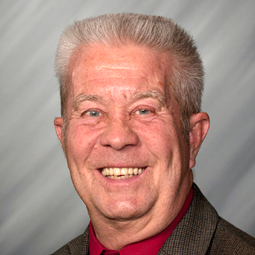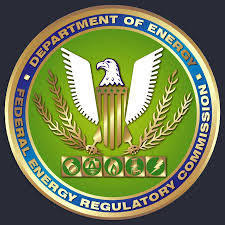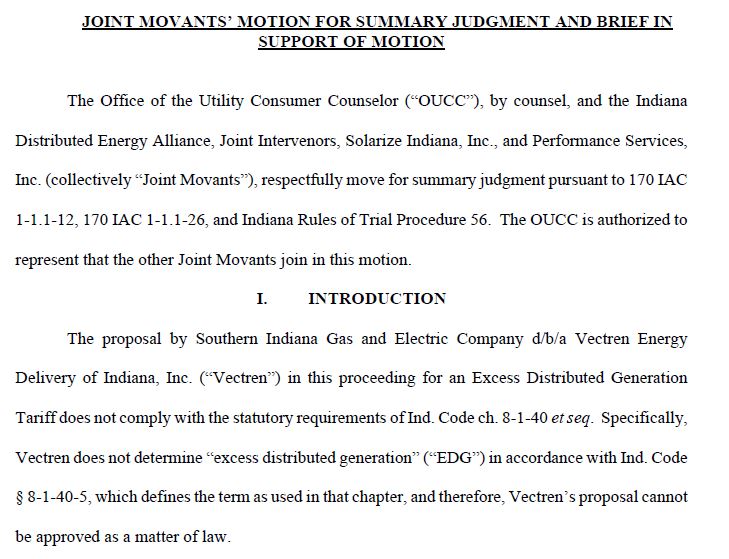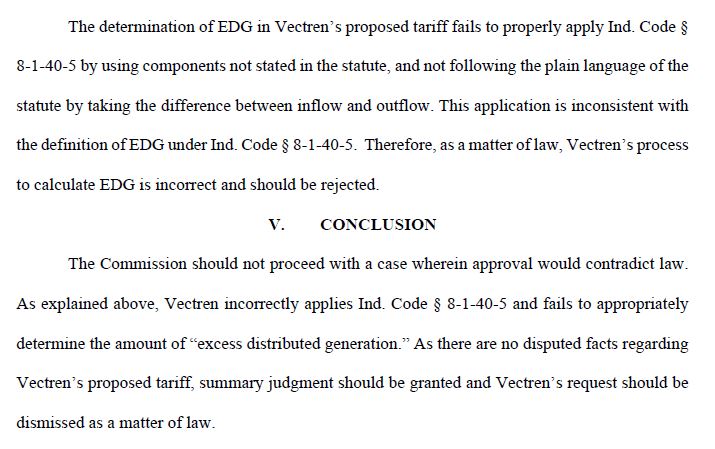Open Letter to the 21st Century Energy Policy Development Task Force
The Honorable Ed Soliday, Co-Chair
The Honorable Eric A. Koch, Co-Chair
21st Century Energy Policy Development Task Force
200 W. Washington St.
Indianapolis, IN 46204
Dear Representative Soliday and Senator Koch,
Our organizations represent thousands of Hoosiers around the state who want to see Indiana transition to a clean, just, and equitable 21st Century energy system. We believe that in order to reach that goal, customer-owned distributed energy resources (DERs) like end-use energy efficiency, rooftop solar, small-scale battery storage, microgrids, and electric vehicles must play key roles in our energy future. So far, however, consideration of these important assets to our future energy system has not been included in the discussions of the 21st Century Energy Policy Development Task Force.
While many other states have embraced distributed renewable energy with proactive policies that build strong consumer markets and encourage forward-looking investment, Indiana has seriously weakened its distributed generation public policy climate. Earlier this year, Vectren became the first investor-owned utility (IOU) in the state to petition the Indiana Utility Regulatory Commission seeking to end net metering under SEA 309. Every other IOU must do the same no later than March 1, 2021. That means the electric utilities are expected to start a process that could severely limit the market for distributed solar and associated investments in Indiana, starting with Vectren by the end of this year and followed by other utility companies next year.
The IURC delivered a report in August to this Task Force showing that future scenarios with more distributed solar on the electric grid would lower overall system costs while improving system reliability. Additionally, a recent survey from Indiana University showed strong majorities of Hoosiers around the state support pro-solar policies and are interested in adding solar to power their own homes and communities. These are just two recent examples showing that DERs are both popular with Hoosiers and critical for our energy future.
Hoosiers see the benefits of adding more DERs to the grid, and they want to invest in their energy freedom. They know that more DERs mean more jobs, lower electric bills, and healthier communities. It ensures a more resilient energy system that also puts benefits and control into the hands of households, businesses, service organizations, schools, units of local government, places of worship, and other communities of interest around the state. Hoosiers want to be a part of a 21st Century energy system supported by legislative policies that encourage them to invest in DERs, both as individuals and communities.
How is the Task Force going to make meaningful policy recommendations to the General Assembly without further discussions of DERs like rooftop solar and associated investments? As freedom-loving and forward-looking Hoosiers, we ask that the Task Force include a substantive discussion of DERs in upcoming Task Force meetings, recognizing and acknowledging the critical role that these assets will have in shaping our state's energy future, while also providing ample opportunity for interested members of the public to provide meaningful comment during these public meetings despite the challenges associated with COVID-19.
We look forward to seeing the inclusion of DERs in upcoming Task Force meetings.
Sincerely,
Leslie Webb, President, Carmel Green Initiative
Kerwin Olson, Executive Director, Citizens Action Coalition
Shannon Anderson, Assistant Director, Earth Charter Indiana
Jean Webb, Energy Committee Chair, Hoosier Chapter of the Sierra Club
Jesse Kharbanda, Executive Director, Hoosier Environmental Council
Dori Chandler, Public Policy Director, Hoosier Interfaith Power & Light
Laura Ann Arnold, President, Indiana Distributed Energy Alliance (IndianaDG)
Wendy Bredhold, Senior Campaign Representative, Sierra Club/Indiana Beyond Coal
John & Carolyn Vann, Co-Chairs, Board of Directors, Solarize Indiana, Inc.
Zach Schalk, Indiana Program Director, Solar United Neighbors
Joey Myles, Solar United Neighbors of Indiana
Steve Francis, President, Sustainable Energy and Economic Development (SEED)
John Blair, President, Valley Watch, Inc.
Alex Jorck, Vice President of Operations, Whole Sun Designs Inc.











